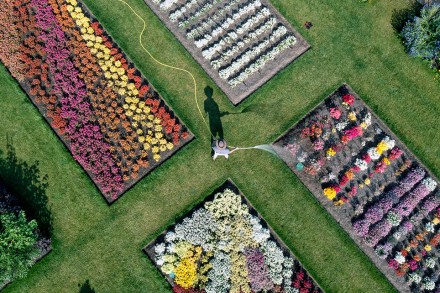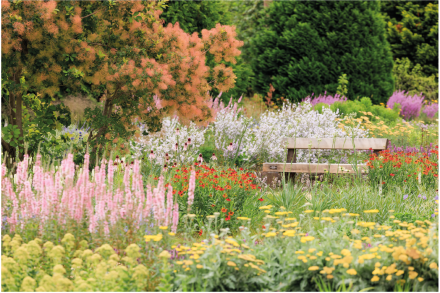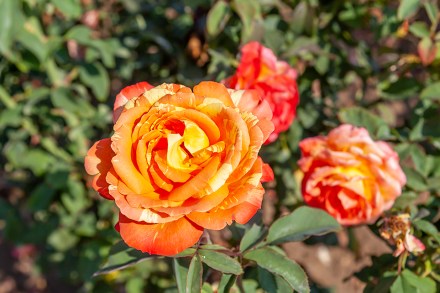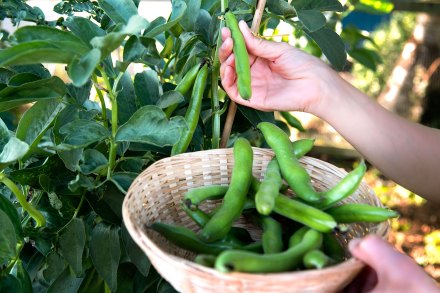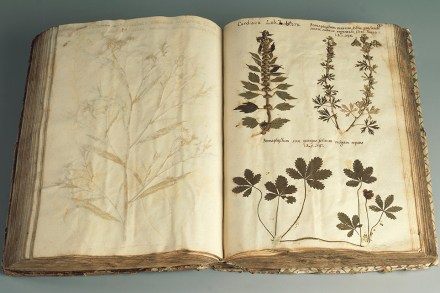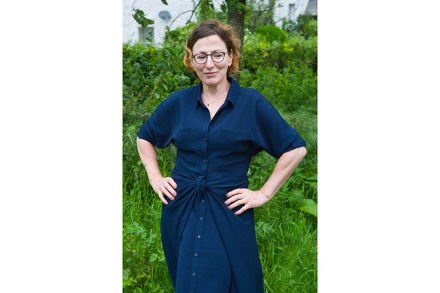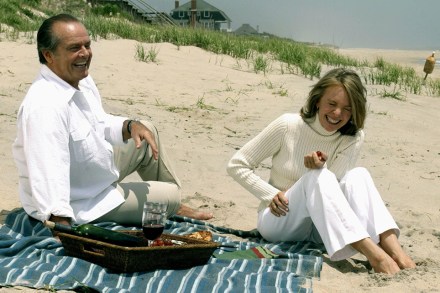Why is the RHS so obsessed with diversity?
Chekhov had no illusions about horticulture (‘It’s a nice, healthy business to be in, but there are passions and wars raging there too’) but even he might have been bemused by the zealotry of our Royal Horticultural Society (RHS) commissars. Last September I enrolled on an RHS Level 2 Certificate in Practical Horticulture. I was hoping to improve my gardening skills and learn more about the propagation of plants to save me forking out a small fortune at garden centres. Besides, I was tired of relying on my woefully inaccurate plant app to identify rogue forbs on my lawn. You only have to point your plant app at your family
